(To Quoc) - Markets are associated with the lives of each region, each area, each family and each person. Markets are not only places to exchange and buy and sell goods to maintain daily life but also a place where many cultural features of the community converge.
In Hanoi in particular and other localities in general, markets were formed very early, associated with people's lives. However, with the flow of time and the development of a large city, markets have been and are changing. To look back at these changes, To Quoc newspaper has a series of articles " Hanoi people and market culture" so that we can better understand this interesting cultural feature and how to preserve, adapt, and make appropriate adjustments between old and new markets.
Diverse and rich
With Hanoi, as one of the economic centers of the country, the market is also very diverse in scale and form. The market can be a bustling trading place of an entire street with the same or different products. With the formation of similar products, it not only creates competition in price and quality but also creates specialties, brands, and habits as a recognition of that place. And whenever people have a need for that product, "keywords, which market, where" will be like a natural reflex, the buyer will come to the right place.

Many streets in Hanoi are associated with trading and selling a certain product, the city of goods with 36 streets associated with names that have entered poetry, music and painting such as: Hang Bo, Hang Bac, Hang Gai..., becoming market alleys, market streets... and to a name with a broader meaning: Ke Cho.
Hanoi has many famous markets such as Dong Xuan market, Mo market, Hang Luoc market, Hang Be market, Quang An flower market... which are known to many people. The "names of the goods", the names of the markets associated with the goods being traded or a certain typical product are enough to show that this place is bustling and has a variety of goods being traded. The markets on Hang street maintain a fairly stable range of goods and opening frequency day after day and month after month.
There are also traditional markets that are only associated with nearby residential areas without needing a name. The market can be just a gathering place to buy and sell food, essential needs for daily life. Traditional markets have seasonal products, just by looking at the market items you can know what season it is. Sometimes, when it is sunny, rainy or on holidays, traditional markets are more crowded or less crowded.
Markets are also quite popular in Hanoi, especially in the suburban districts. Markets only meet on the right day. The frequency of each market session is different, sometimes once or twice a week, sometimes four times a month... The interesting thing about market days is that they are mostly calculated by lunar days according to the concept passed down by the ancients, sometimes by rhyming verses or sayings for easy learning and remembering. Many people do not know why the ancients passed down the determination of those days as market sessions, regardless of whether they are weekdays or holidays. Others think that it is because it is a reasonable time interval for people in that area to need to go to the market to buy, sell and exchange goods.
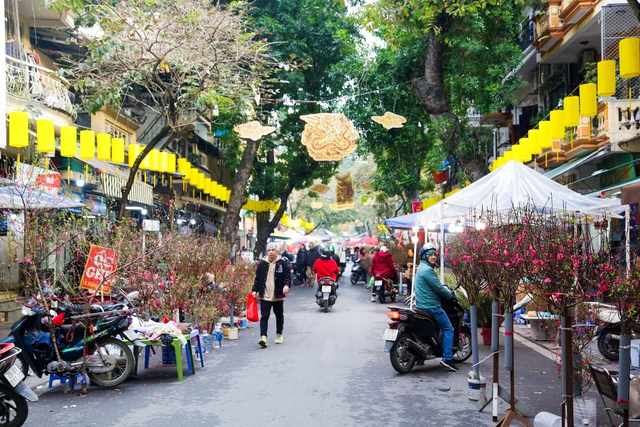
There are also markets that only take place once a year, such as the Tet flower market, which is only available at the end of the year to sell Tet flowers and ornamental plants such as kumquat, peach, apricot, and narcissus. The market on the 15th day of the 7th lunar month sells votive offerings. The market selling Mid-Autumn Festival items only takes place near the 15th day of the 8th lunar month, and the market selling antiques only takes place near Tet.
Market culture
The market is one of the most familiar places for everyone. Almost everyone in their life, in one way or another, has to go to the market and experience buying and selling activities at the market.
If we temporarily ignore the limitations that occur in the market such as haggling, selling poor quality goods, etc., then from another perspective, the market is a manifestation of life, trade and development. Looking at the scale of the market, in addition to guessing the space and time, what season it is, which region it is in, we can also recognize the development of that area. Poor villages have simple markets with fewer products. Bustling streets have diverse markets with many products and large scale.

The market is also a space for people to interact through buying and selling activities. Many relationships are established between sellers and buyers, sellers and sellers at the market. The diversity of interests and personalities of each person also creates unique features for the market.
The market is also a place that holds beautiful memories for everyone. In childhood, everyone was happy and joyful when their mother took them to the market to buy some of their favorite things. It was a feeling of "waiting for mom to come home from the market", because mom would always come home from the market full of food and cakes for children. Every time mom came home from the market, the family would have a family meal together. Seeing mom go to the market to buy things is a joy, including warmth and fullness. And if there are days when mom goes to the market to sell things, it is often associated with the image of a hard-working woman taking care of the family.
It can be said that in Hanoi, from the past until now, the market is not only a place for normal buying and selling, but it is also a place with interesting cultural features, creating beautiful memories, just like many culturalists commented that Ke Cho culture is a part of Thang Long culture.
Source: https://toquoc.vn/nguoi-ha-noi-va-van-hoa-cho-bai-1-net-dep-cho-xua-2024112409415158.htm


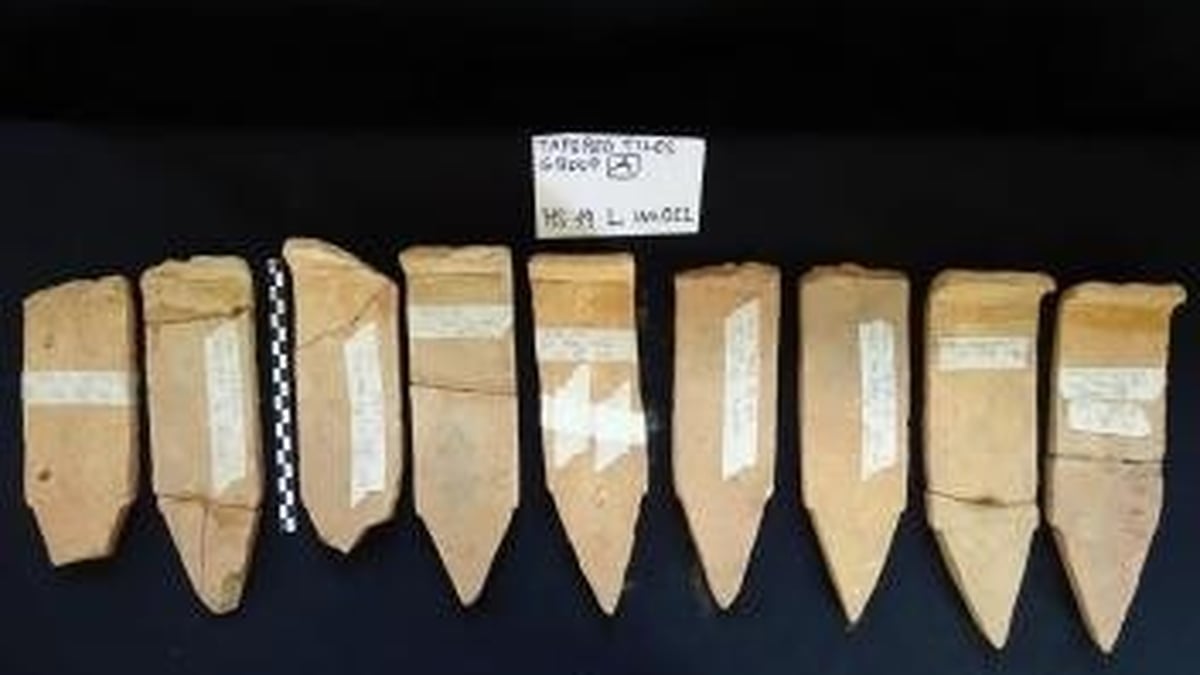
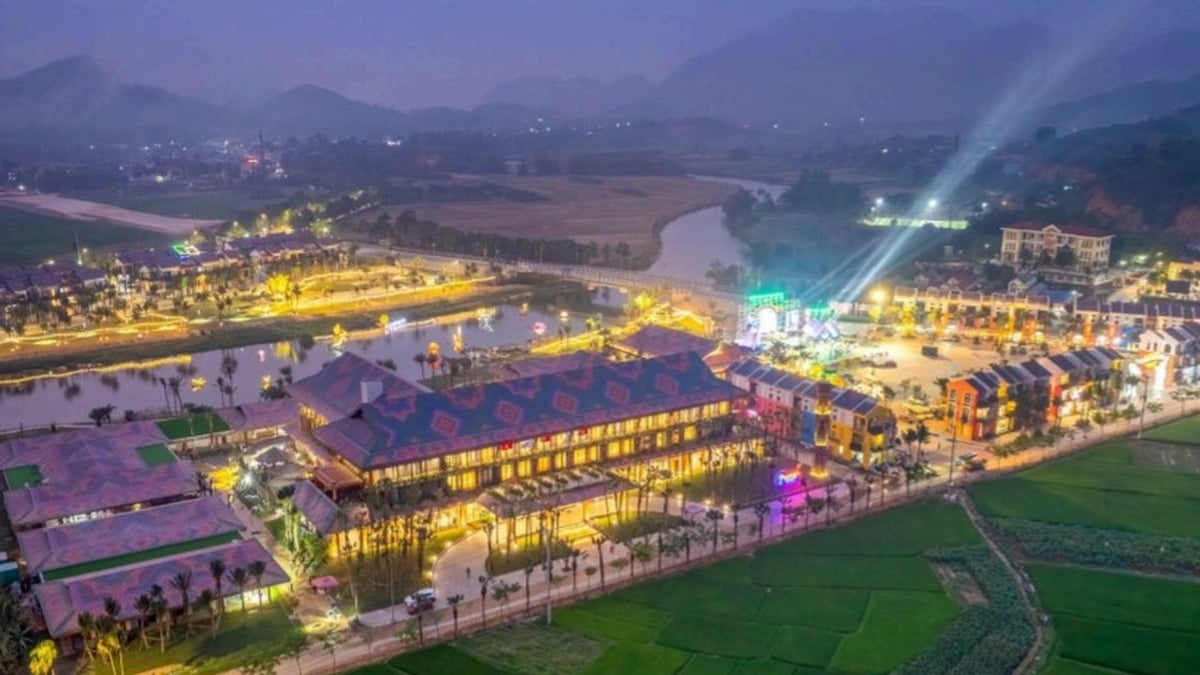

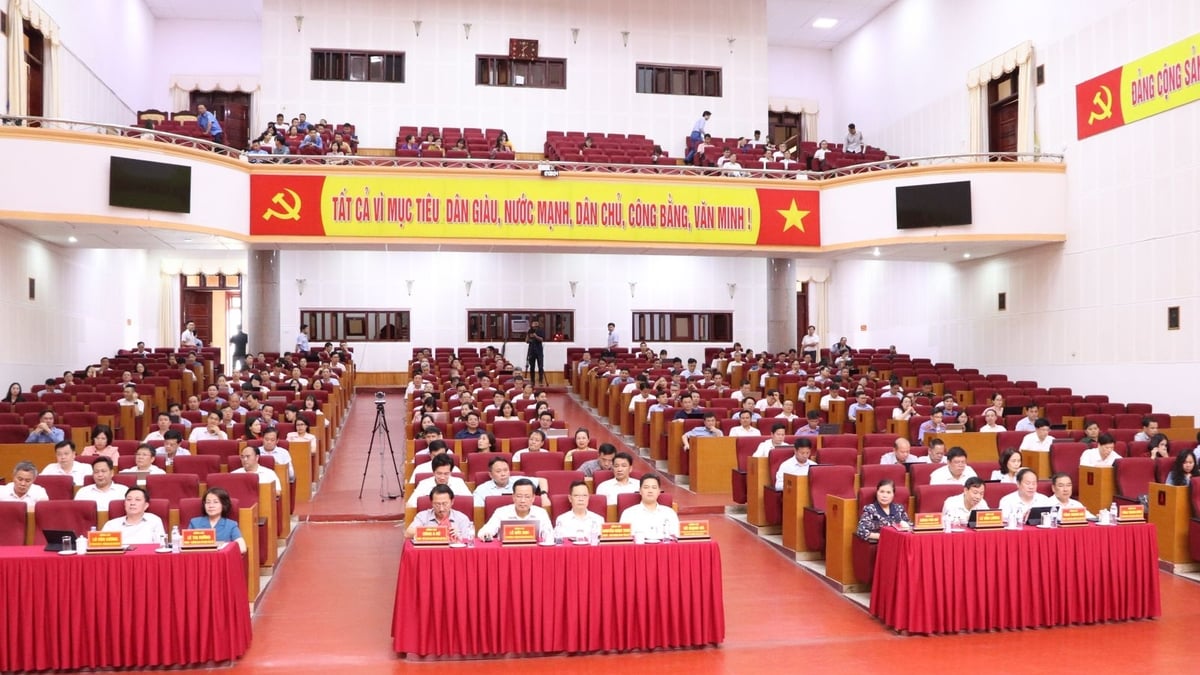
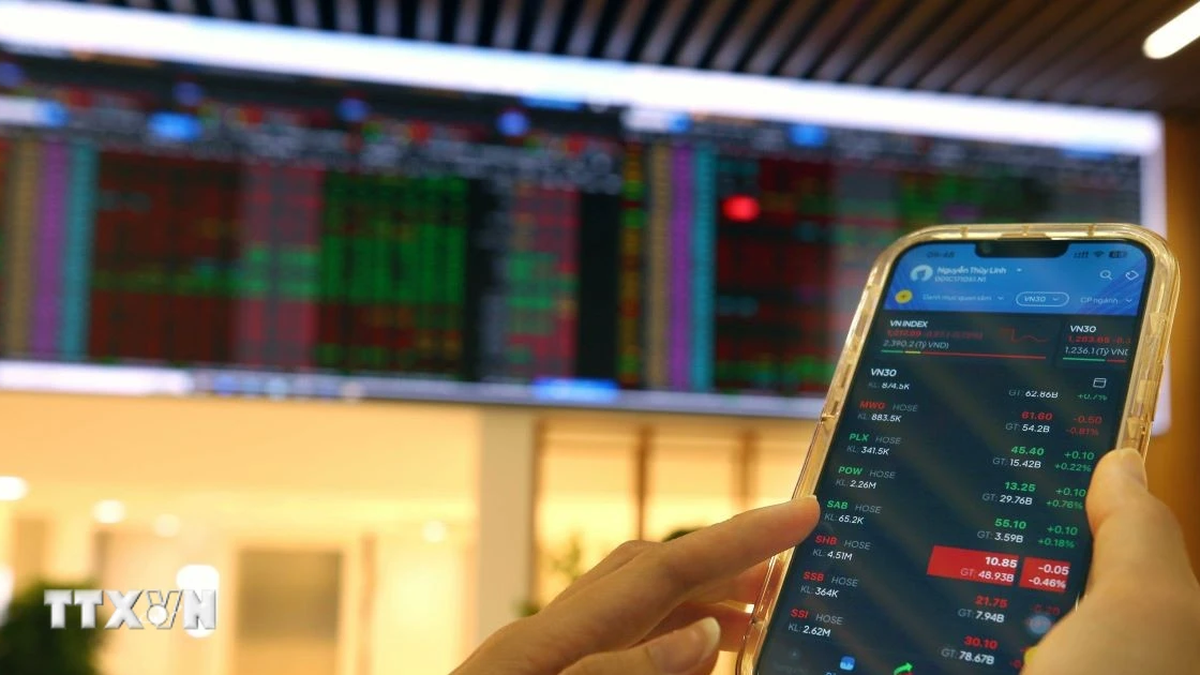


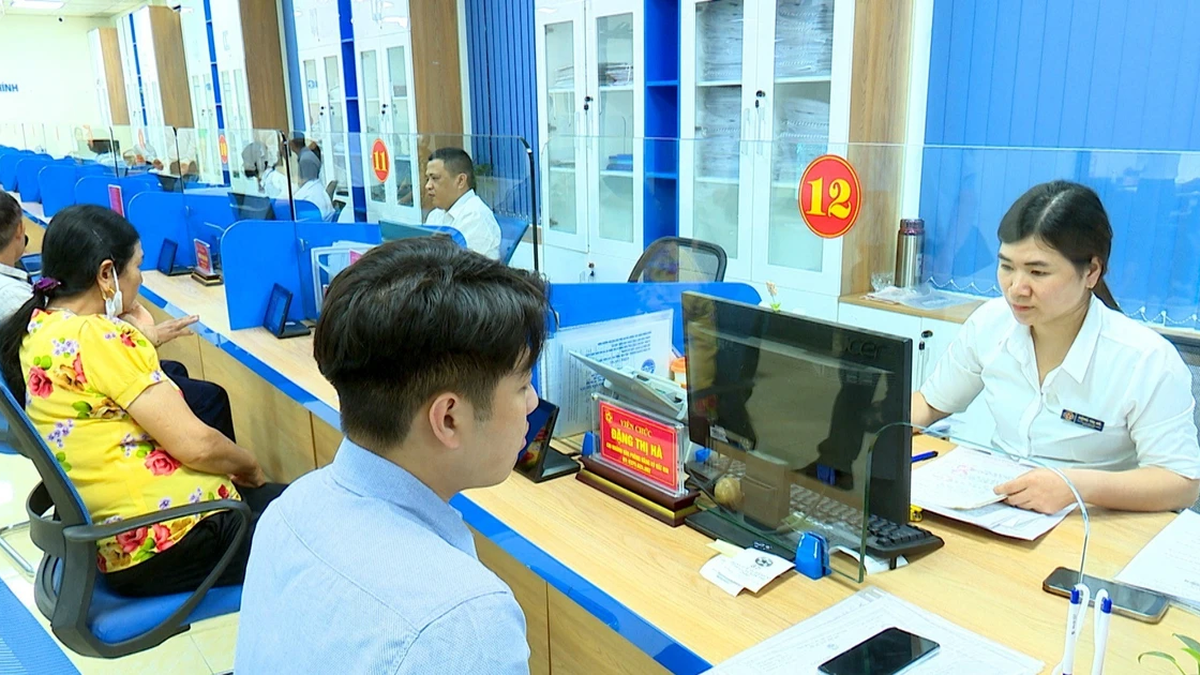






































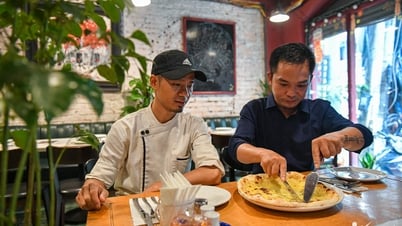






![[Maritime News] Two Evergreen ships in a row: More than 50 containers fell into the sea](https://vphoto.vietnam.vn/thumb/402x226/vietnam/resource/IMAGE/2025/8/4/7c4aab5ced9d4b0e893092ffc2be8327)















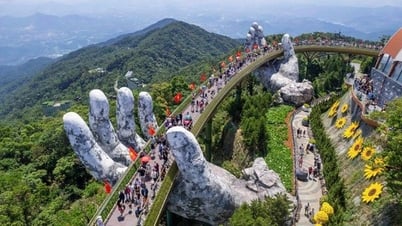


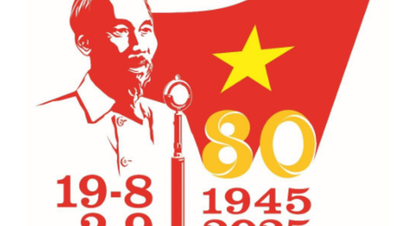


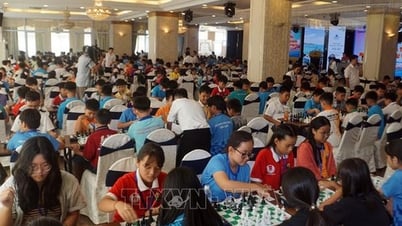


















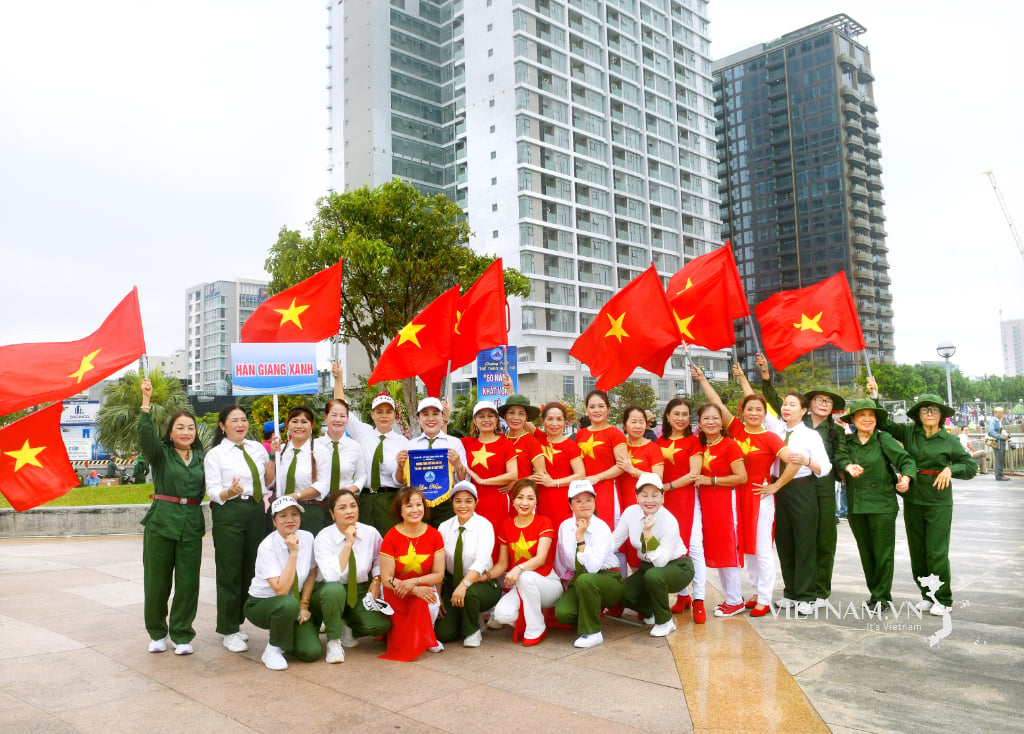



Comment (0)